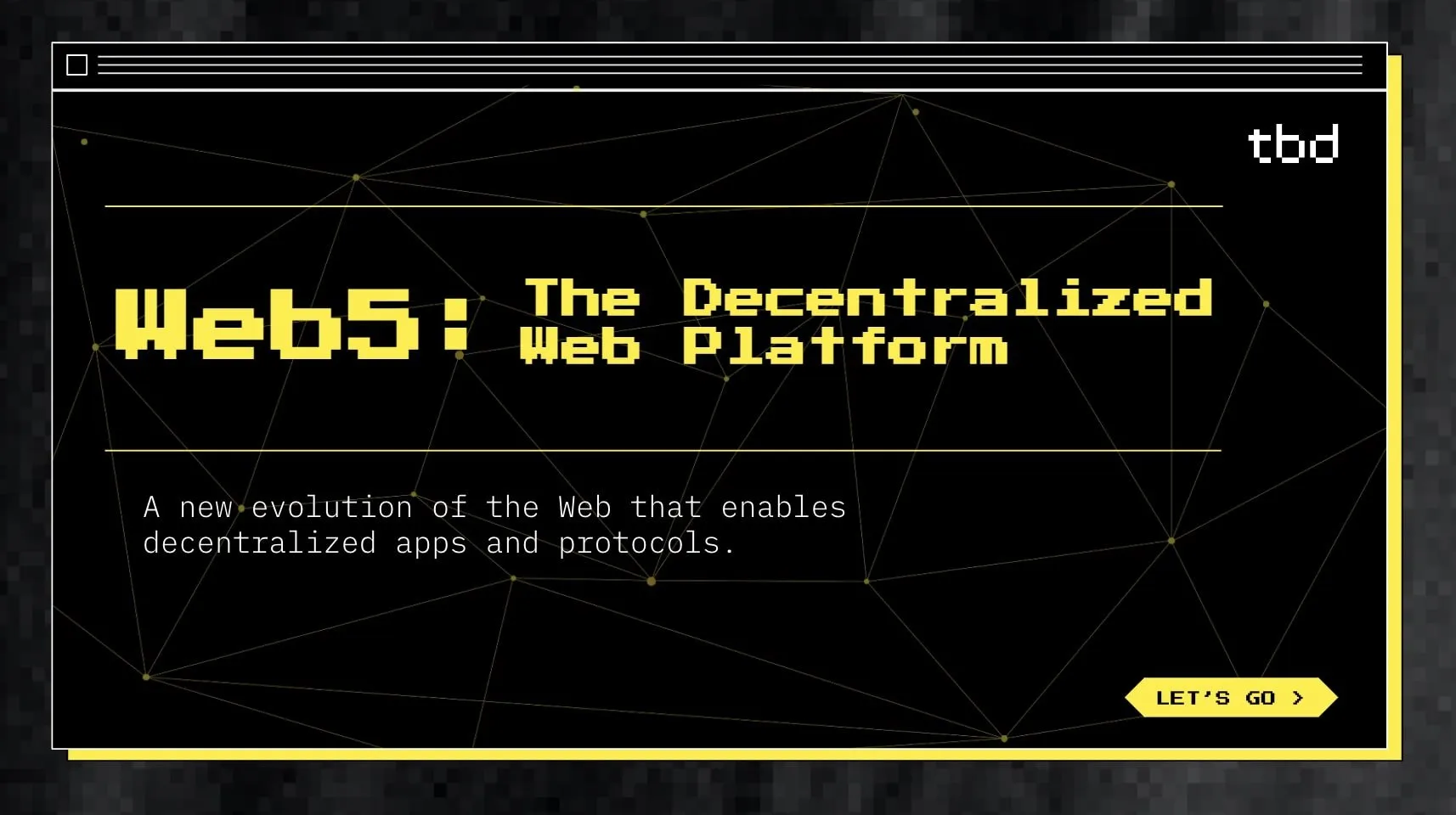True Digital Ownership: Decentralized Identity with web5
 Solabi Abraham
Solabi Abraham
Introduction
The adoption of the internet has brought about continuous interaction and exchange of data between individuals and other individuals or entities without regard for geographic location. At the core of such information exchange lies the creation of user profiles, which serve as unique identifiers in the digital world. These identifiers can be referred to as centralized identifiers because they are tied to a centralized service provider or authority. Typical examples of centralized authorities are Twitter, Instagram and Gmail.
The need for Decentralized Identities
While centralized identity owners assume that they have complete ownership of accounts they create on centralized authorities, it is essential to recognize that account ownership is ultimately governed by the terms of service and privacy policy, implying that users may not possess absolute ownership of their accounts. The reality is that a significant number of users may overlook or neglect to thoroughly read the terms of service and privacy policy. This lack of awareness means that many individuals are unaware of the extent of control and authority that centralized authorities wield over their data and accounts.
In response to the challenges posed by centralized authorities and the lack of user control over their accounts and data, Web5 embraces decentralization. Web5 introduces a paradigm shift wherein identifiers are designed to be owned and controlled by users themselves. This innovative approach ensures that users have a more direct and autonomous role in managing their online presence. By leveraging decentralized technologies such as blockchain, Web5 enables users to possess and control their unique identifiers, granting them greater sovereignty over their accounts and data.
In contrast to the traditional model, where centralized authorities dictate ownership through opaque terms of service, Web5 promotes transparency and user empowerment. Users, armed with decentralized identifiers, gain the ability to navigate the digital landscape with increased autonomy, knowing that their ownership rights are enshrined in a secure and transparent decentralized system. This shift not only addresses the challenges associated with users' lack of awareness but also establishes a foundation for a more user-centric and equitable digital ecosystem.
Common web5 Terminologies
The following are some terminologies in web5
Decentralized Identifiers (DID)
Decentralized Web Nodes (DWNs)
Verifiable Credentials (VCs)
DID documents
Agents
Protocols
Decentralized Identifiers (DID): A DID is an address representing who you are on the decentralized web. It can point to a person, organization, thing, data model, or abstract entity. It's through your DID that others can send messages and data, and be granted access to information you wish to share. The basic idea behind a DID is to give individuals and organizations control over their own identity information and to allow them to share that information selectively and securely with others as needed.
Decentralized Web Nodes (DWNs): A Decentralized Web Node (DWN) is a data storage and message relay mechanism that entities can use to locate public or private permissioned data related to a given DID. A DWN allows entities to own, backup, send and receive data. An
Verifiable Credentials (VCs): VCs are digital credentials stating specific facts. They're similar to online badges. For example, the claims that "Alice has a degree from Decentralized University" or "Bob is an employee of Acme, Inc" can be represented via VCs. These credentials allow you to provide specific attributes of your identity or qualifications without relying on centralized authorities or revealing your entire identity. VCs operate within a three-party model: the Issuer, the Holder (or Subject), and the Verifier. An issuer is the party who is making the claim; while the holder(subject) is the party who the claim is made about. Anyone can become a verifier to confirm that the claims are true.
DID Documents: A DID Document is a mini-profile for its DID subject. They are JavaScript object notation (JSON) files that serve as a self-contained representation of the DID and provides metadata and cryptographic material associated with the DID.
DID Documents describe how to interact with the DID subject and contains information that allows others to verify the authenticity and integrity of the DID's information.
Agents: In web5, Agent is a term that describes something that can act on your behalf, which is one of the goals for our agents. Agents are capable of managing multiple DIDs and are permissioned to use the private keys of DIDs to act on a user's behalf.
Protocols: Protocols define a data schema and the contract by which two Decentralized Web Nodes (DWNs) agree to communicate and share data. In other words, protocols define both the data schema and the data permissions as it relates to a certain application or use case.
Summary
In conclusion, the evolution from centralized authority models to decentralized paradigms, exemplified by innovations like Web5, signifies a transformative step towards a more user-centric and transparent digital landscape. The initial challenges posed by users' limited awareness of terms of service and privacy policies, resulting in relinquished control over their accounts and data, are mitigated by the decentralized approach of Web5.
Subscribe to my newsletter
Read articles from Solabi Abraham directly inside your inbox. Subscribe to the newsletter, and don't miss out.
Written by

Solabi Abraham
Solabi Abraham
Frontend developer who is proficient in the use of several technologies to develop user-centric websites and web applications.